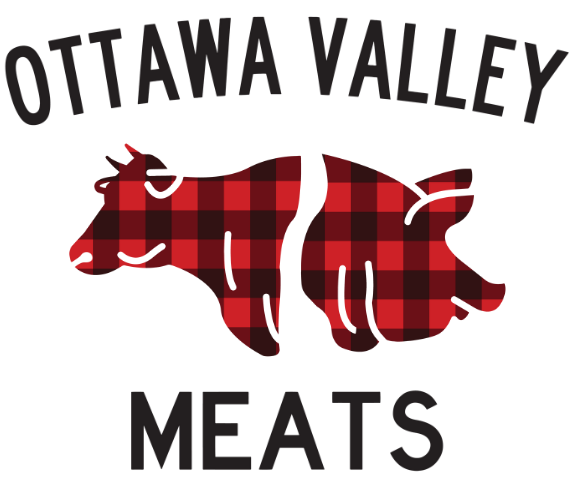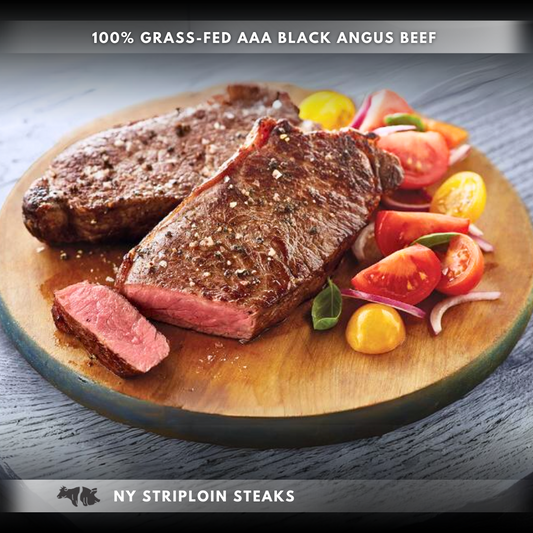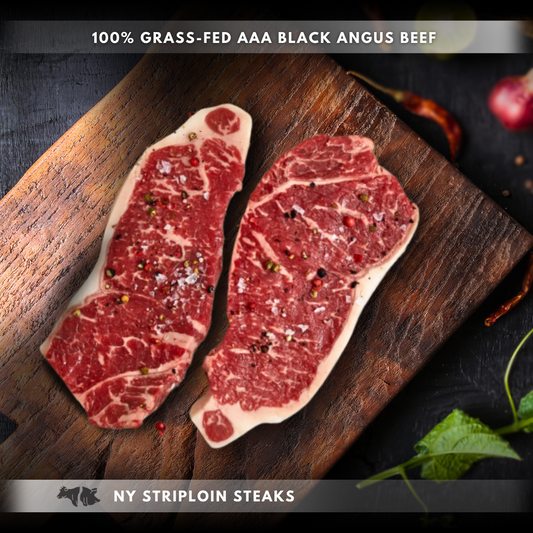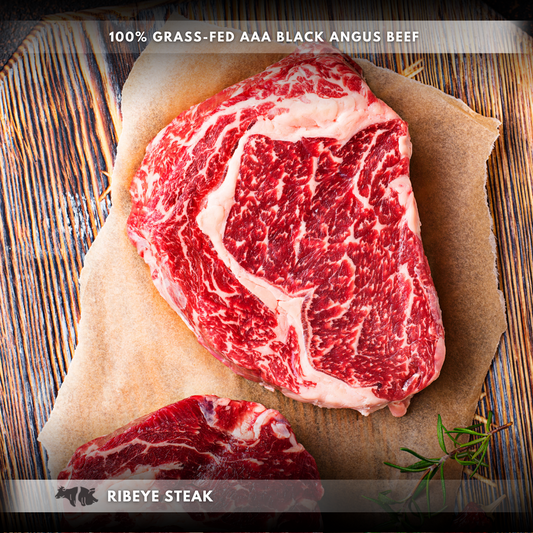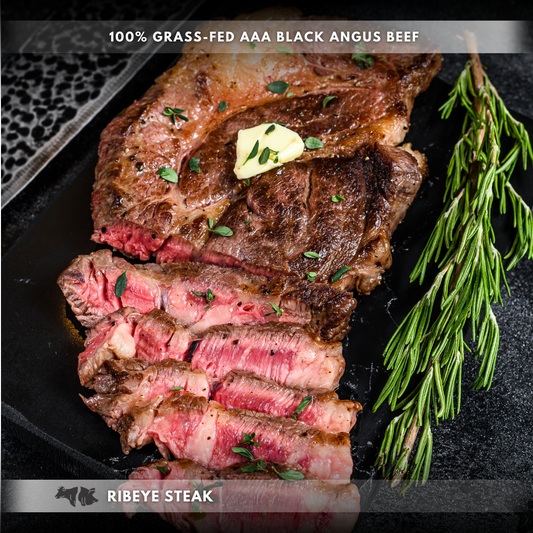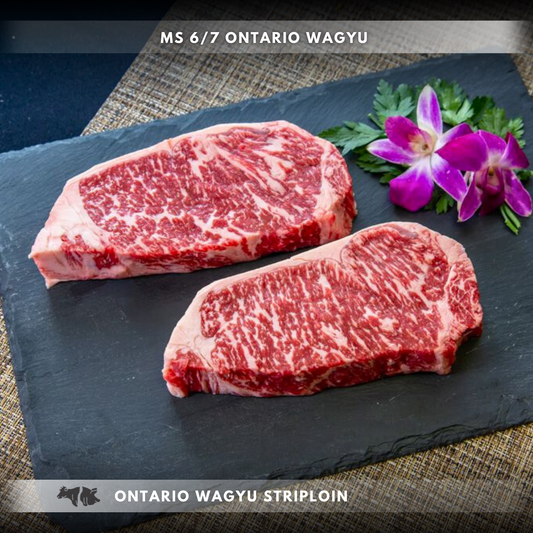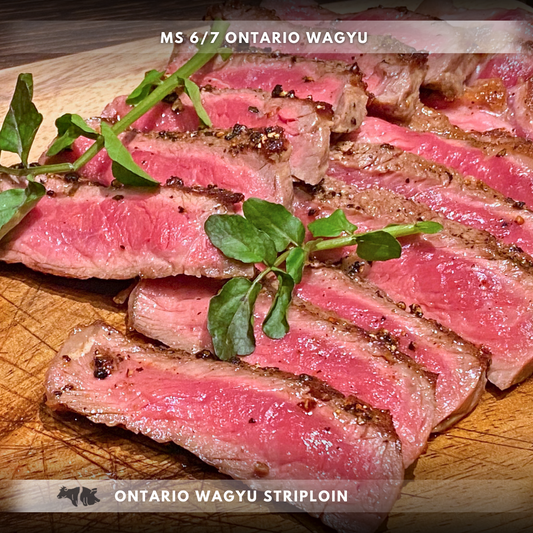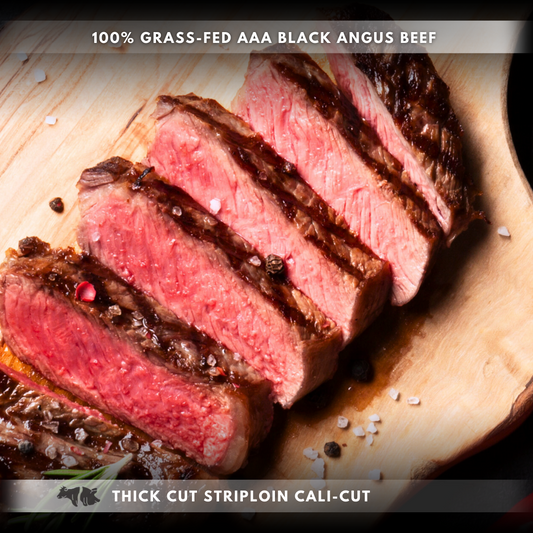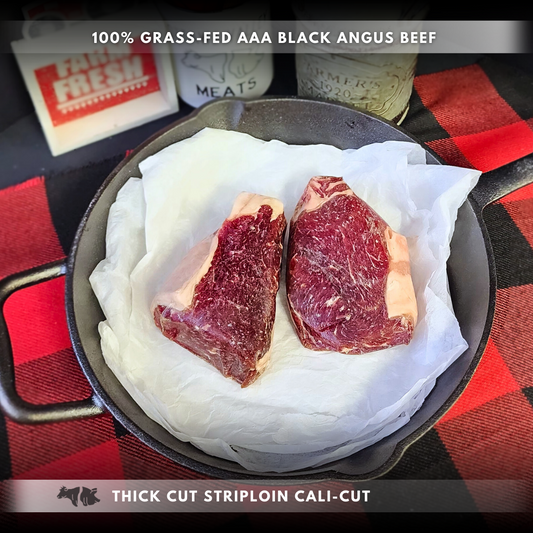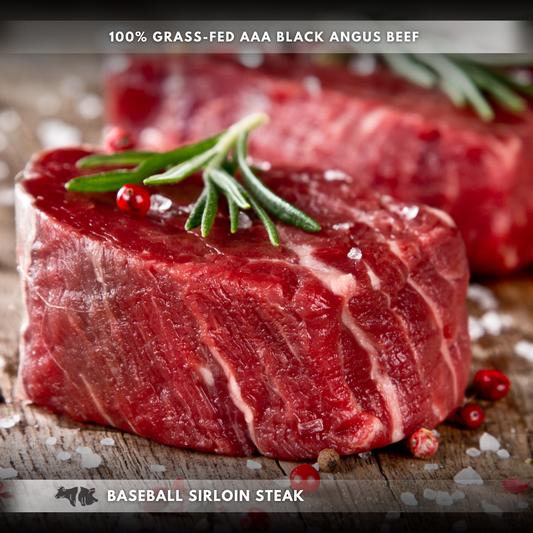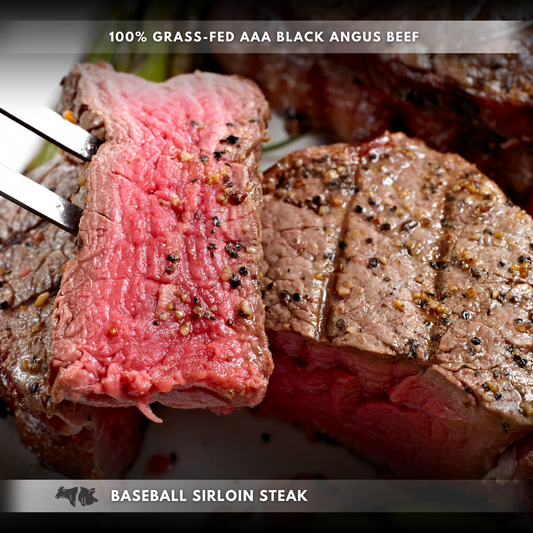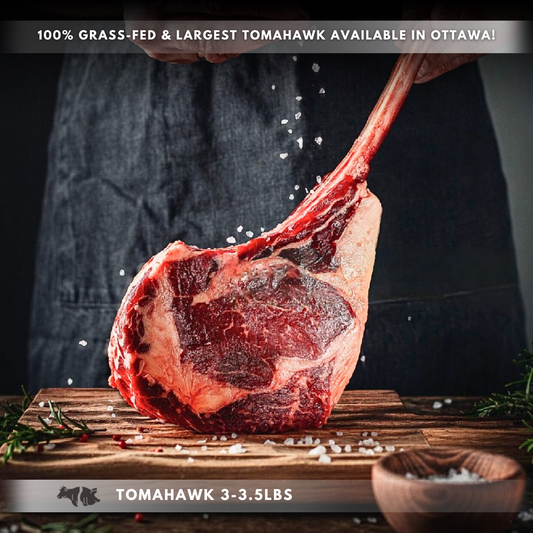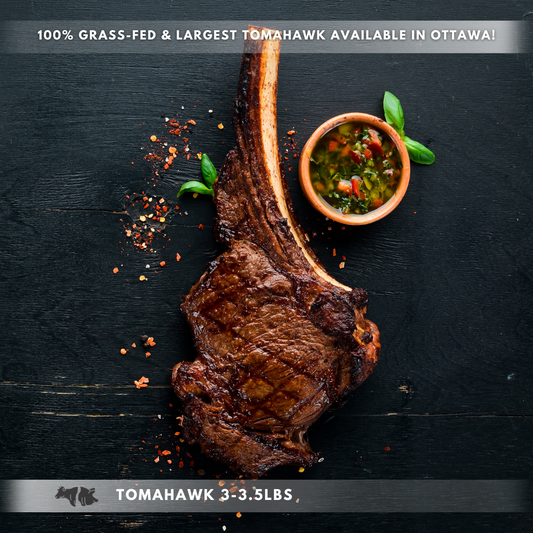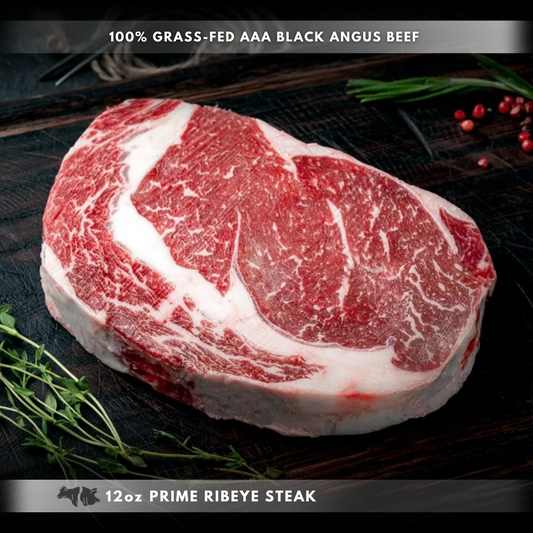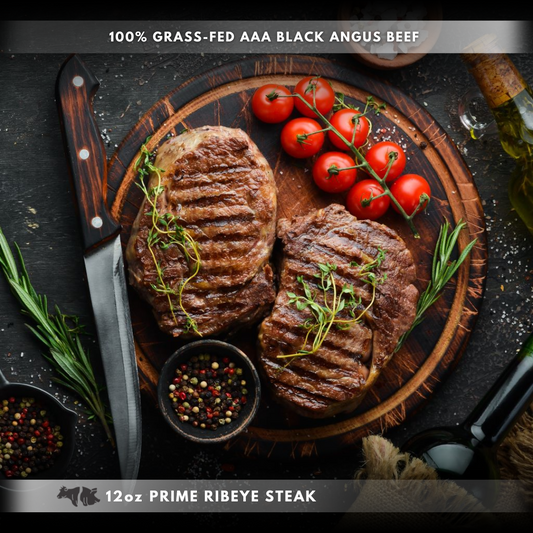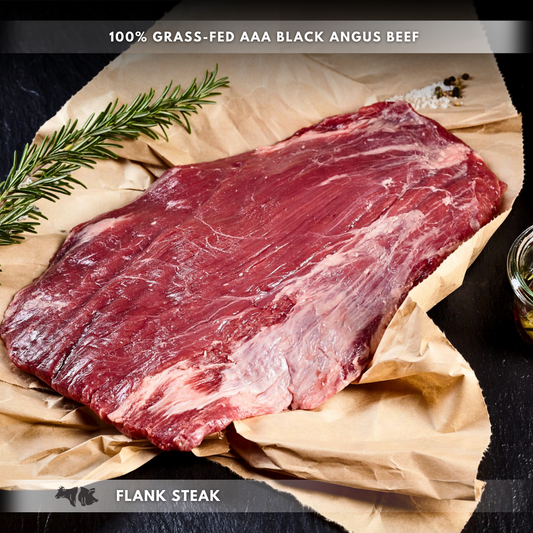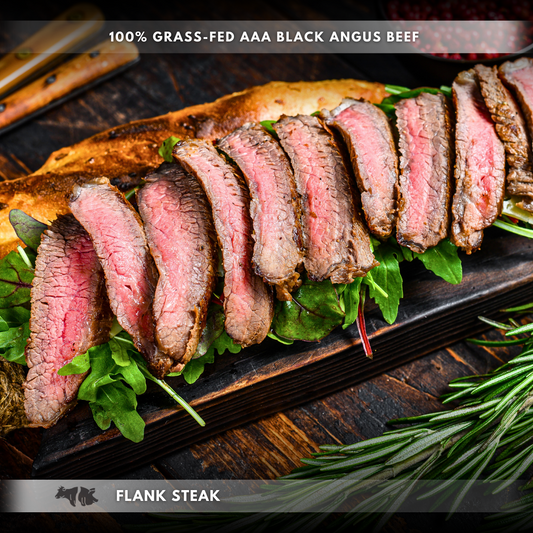Let's Get Smoking!
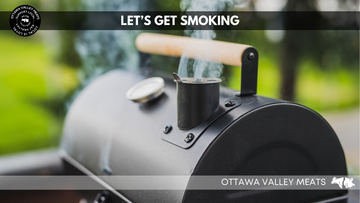
The grill is a staple in the cooking world, but for the real carnivore enthusiast, nothing is more satisfying and delicious than a protein cooked low and slow in a smoker. From really basic to high-tech, smokers come in all shapes and sizes. Our friends at Capital BBQ are experts that we trust when it comes to finding the right smoker. Below you will find our DIY guide to becoming an at home Pitmaster.
Benefits Of Smoking Meat
Low-Fat Content
The smoking process often avoids many of the pitfalls that other types of meat-cooking experience with added oils and fats. Smoking can actually serve to reduce the fat in foods, slowly rendering out during the process leaving an altogether healthier final product.
Preservation From Smoke
Traditionally, smoking was created as a method by which to preserve foods, and it still retains this benefit today. There is a small protective film that forms on the meat, preserving it against harmful bacteria. This means that smoked foods have a longer shelf life than normal cooked meats, so you can keep them in the fridge for longer and could even help reduce your family’s food waste.
A Great Source Of Nutrients
One of the greatest things about smoking meat is how it can provide essential nutrients to the body. For example, smoked fish is abundant in omega-3 fatty acids, which are known for lowering blood pressure and slowing down the process of plaque developing in the arteries. The smoking process is more gentle, this preserves the integrity of fat molecules which are typically unstable and easily oxidized. We have also strayed from ancient cooking practices in the name of convenience- our ancestors were using smoking and wood-burning fires as a method for cooking.
Tips & Tricks
- Start Early: Many of the flavour compounds in smoke are fat and water-soluble, which means that whatever you are cooking will absorb smoky flavors best when it is raw- do not sear the meat first. As the surface cooks and dries out, the smoke does not penetrate as well.
- Go Low and Slow: Real barbecue is cooked slowly over low, indirect heat—with wood smoke. It's a traditional way to make the meat moist and tender while preserving flavour.
- Regulate The Heat With a Water Pan: Big fluctuations in smoking temperatures can tighten and dry out foods. Whenever you cook for longer than an hour with charcoal, use a pan of water to help stabilize the heat and add some humidity. Obviously, a water smoker already has one, but for a charcoal grill, use a large disposable foil pan, and don’t forget to refill it.
- Don’t Overdo it. The biggest mistake rookies make is adding too much wood, which can make the food taste bitter.
- White Smoke Smoke Is Good, Black Smoke Is Bad: Clean streams of whitish smoke can layer your food with the intoxicating scents of smoldering wood. But if your fire lacks enough ventilation, or your food is directly over the fire and the juices are burning, blackish smoke can taint your food or lead to unpleasant bitter taste.
- Keep The Air Moving: Keep the vents on your charcoal grill open and position the vent on the lid on the side opposite the coals. The open vents will draw smoke from the charcoal and wood below so that it swirls over your food and out the top properly, giving you the best ventilation and the cleanest smoke. If the fire gets too hot, close the top vent almost all the way.
- Don’t Wonder Too Far: Smoking is a relatively low-maintenance way of cooking—but remain mindful and be safe. Never leave a lit fire unattended, and check the temperature every hour or so. You might need to adjust the vents or add more charcoal.
- Try Not To Peek: Every time you open a grill, you lose heat and smoke—two of the most important elements for making a great meal. Open the lid only when you really need to tend to the fire, the water pan, or the food. Ideally, take care of them all at once—and quickly. Otherwise, relax and keep a lid on it.
- Let The Bark Get Dark: Barbecued meat should glisten with a dark mahogany crust that borders on black. This “bark” is the delicious consequence of fat and spices sizzling with smoke on the surface of the meat and developing a caramelized crust over the luscious meat below. Before you take the meat off the grill or wrap it in foil or butcher paper.
- Let The Smoke Shine Through: The main ingredient in any smoked recipe is like the lead singer in a rock-and-roll band. Every other flavor should play a supporting role. In other words, don’t upstage something inherently delicious with a potent marinade, heavy-handed seasonings, or thick coats of sauce. Harmonizing flavors in ways that feature the main ingredient is what separates the masters from the masses.
Best Proteins To Smoke
Prime Rib Roast
Unlike many cuts destined for/ or best suited to — the smoker, Prime Rib Roast is a premium cut, and one of the most desired cuts on a whole side of beef. It comes from the rib primal, between the loin and the chuck. It is heavily marbled and has large veins of fat running through it. Prime rib takes on smoke well and improves by being cooked low n slow. However, you still want to get a good sear on it, to add a flavorful Maillard crust, and help render out the fats.
Recommended Smoking Technique: Smoke at 225 F, with oak, hickory, pecan, or mesquite wood, until it hits 130 F internal temperature for medium-rare.
Beef Brisket
Beef brisket is the king of the smoker and the truth is, this massive cut from the chest of the steer is so tough, it would be in-edible cooked any other way than low ‘n slow. Great for feeding a crowd, low and slow-smoked brisket has been made a celebrity on the barbeque circuit in the past few years. Maybe a little daunting at first glance but once you nail the cook on beef brisket, it will be hard not to make this the main event every time you host.
Recommended Smoking Technique: Smoke at 225 F, with oak, hickory, pecan, or mesquite wood, until it hits 203 F internal temperature.
Beef Ribs
Beef ribs are HUGE and have connective tissue that demands a low ‘n slow cook to break it down and make the ribs tender and fall off the bone. Full of beefy flavor, somewhat “brisket”, and when cooked right oozing with juices: Nothing says cookout like a huge slab of succulent, slow-cooked beef short ribs smoking away on the barbecue all afternoon. You might have to fight off the neighbors who will be drawn by the incredible aroma of this, one of the best cuts of meat to ever hit a smoker!
Recommended Smoking Technique: Smoke at 225 F, with oak, hickory, pecan, or mesquite wood, until it hits 203 F internal temperature.
Pork Shoulder
The pork butt is a great cut for smoking. With a large fat cap that essentially bastes the meat as it cooks, this large inexpensive cut is just golden in the smoker. Pork butt is the infamous cut used in most ‘pulled pork’ recipes, the mainstay of many a backyard smokers repertoire, and rightfully so! It’s so fatty and juicy that it’s very forgiving and hard to get wrong, making it in many people’s opinion one of the very best meats for smoking if you’re a beginner. Also, it’s a great canvas to start with to build up flavors with any combination of different rubs, injections, marinades, sauces, and smoke.
Recommended Smoking Technique: Smoke at 225 F, with apple, cherry, hickory or pecan wood, until it hits 203 F internal temperature.
Leg Of Lamb
A medium-sized cut, thin at one end, thick at the other and full of connective tissues that make it a very hard cut to cook to the same doneness all the way through. But this is sometimes a blessing, serving those who like well-done meat from the thin end, and those with a penchant for rareness taking perfect slices from the thick end. Lamb leg is very fatty, full of flavor, and does very well with a low n slow cook, but it takes on smoke almost TOO well- so go easy on the smoke!
Recommended Smoking Technique: Smoke at 225 F, with any fruit wood (apple, cherry, peach, etc.) until it hits 145 F internal temperature.
Whole Chicken
A leaner, more delicately-flavored meat like this will require a little less smoke, so it’s not overpowered. In fact, the number one mistake beginners make with smoking poultry is to overdo the smoke. You’re aiming to flavor and complement the meat, not completely overpower it. Too much smoke will give these birds a bitter taste. But hey, smoke chicken just right, and you’ll never roast one again, it’s that good! All parts of the chicken are great for smoking: Whole chicken, legs, drumsticks, quarters, wings, skin-on breast the works. But with breast — skin on or skinless — make sure to not go a single degree over 165 F, else it will dry out and not be pleasant.
Recommended Smoking Technique: Smoke at 350 F, with apple, cherry, peach, or pecan wood, until it hits 165 F internal temperature.
